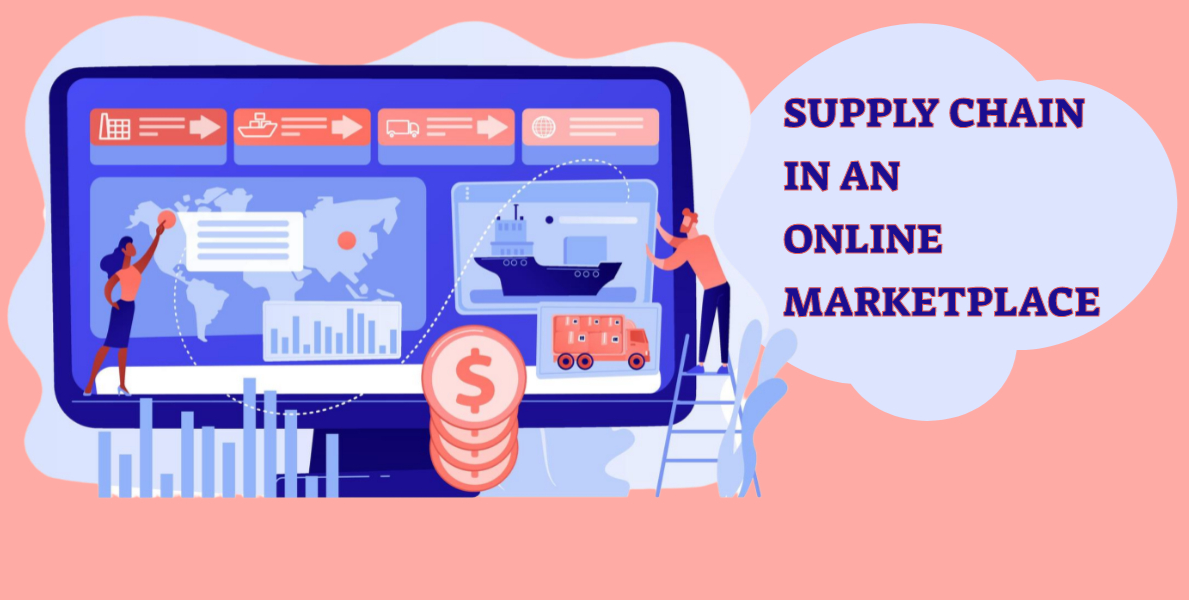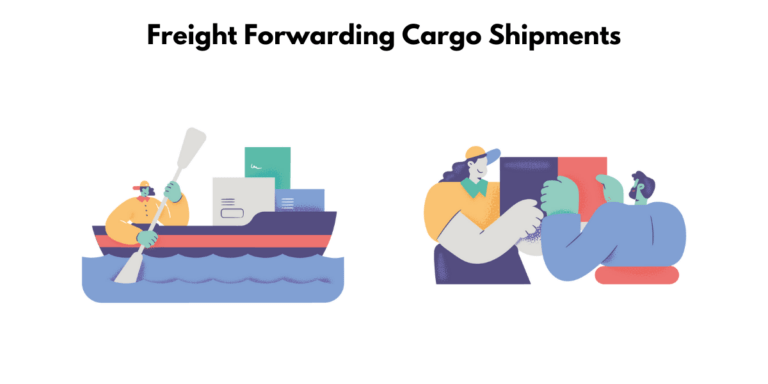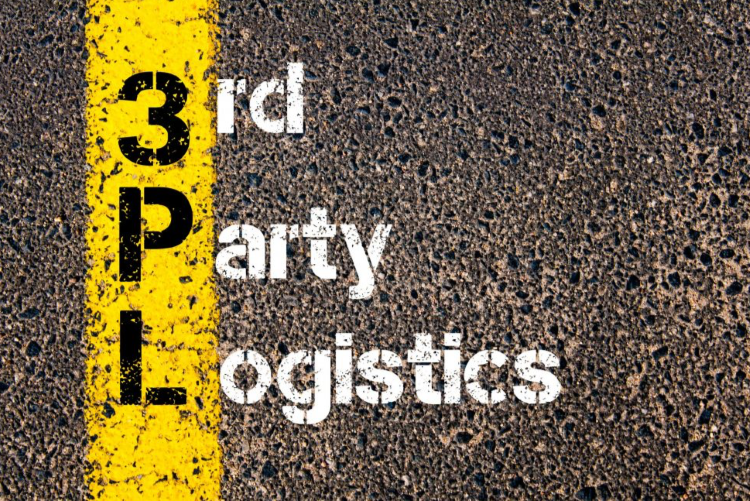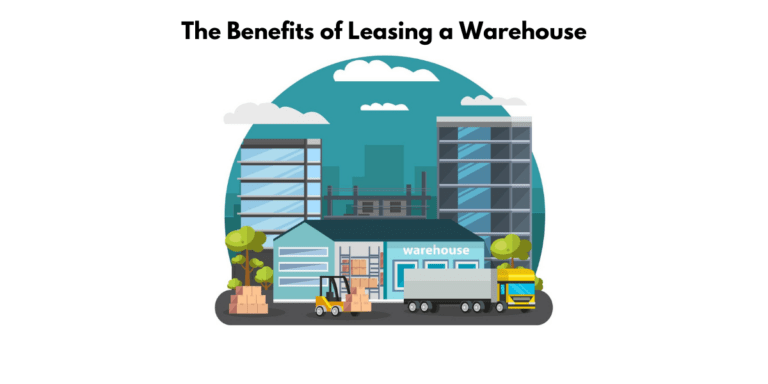Digital Supply Chain: What it is, its significance, what it means for ecommerce
What is the digital supply chain and what does it mean for ecommerce
The digital supply chain is a term used in the field of e-commerce, and it refers to the process of managing goods to make them available at retail locations. This can be done through a digital platform or a physical one. It includes things like logistics, procurement, order management, and customer service. By using a digital supply chain, businesses can improve efficiencies and increase productivity.
The digital supply chain is making it easier for businesses to manage their business operations. It provides the ability to have automated processes, access inventory from any location, and send orders directly through a system. This is helping businesses scale and grow as it makes the supply chain more efficient.

What is the SCM process?
Digital Supply Chains are a series of support, software solutions, and data-driven platforms that help reduce errors from human error. They also enable businesses to focus on their core competencies by improving the quality of customer service.
The digital supply chain is an important part of e-commerce because it streamlines processes for suppliers, retailers, manufacturers, and consumers. It helps improve efficiencies across the business ecosystem as well as generate more revenue through improved customer satisfaction.
Digital supply chain management is a rather new form of logistics operations and supply chain optimization. This process has been applied to many digital resources such as sensor technology, blockchain solutions, and more.
The significance of e-commerce is that it reduces the cost per unit by increasing efficiency with efficient processes from production to final delivery. What it means for e-commerce is that digital supply chain management can help improve efficiency and create more revenue with happier customers.
This is a very helpful tool to have in order for businesses not only to maintain their pecking order within an ecosystem but also to generate more revenue through improved customer satisfaction.
The digital supply chain is a process that can improve efficiency and cost-friendly manner for shippers. It allows them to review data in real-time, and communicate with distributors, drivers, and customers by means of smartphone apps, or other electronic devices.
In order to make the SCM process easier for e-commerce companies, they should create an inventory management system that will help organize information about shipments from day one until it reaches their final destination. Furthermore, during this period of time, shippers must adhere strictly to the system, as they mustn’t deviate from their plan.
When it comes to digital supply chain management, there are two types of activations: part-time and full-time. Part-time has some advantages but also suffers from disadvantages such as a lack of scalability and robustness. Full time is more complex with the swap over the process that requires administrators to execute on an all-inclusive scale due in large part because this type is less scalable than its counterpart.
The SCM process defines how companies can seamlessly integrate physical activities such as product sourcing, manufacturing, distribution, and returns with digital activities.
What is supply chain technology?
Supply chain technology is a complex series of support equipment, software solutions, and data-driven platforms that support the digital supply chain.
Supply chain technology is a type of technology that helps to reduce errors in the supply chain. The digital supply chains have been designed to improve efficiency and ensure product safety by using automation tools such as sensors, advanced analytics, and AI-based algorithms.
Supply chain technology is a new type of logistics management that allows companies to keep all their resources in one easy-to-access, highly secure platform.
Supply chain technology is a set of tools and practices that supports the flow of goods from suppliers to customers. It includes digital supply chains, which are designed to digitally track products in their lifecycle through sales channels before reaching consumers’ hands.
Supply chain technology is a term used to describe all the different ways in which businesses can optimize their processes and reduce costs. It also includes technologies such as wireless sensors, blockchain solutions, GPS tracking software, or barcode scanning devices.
Supply chain technology is a system that effectively communicates and coordinates information between companies. This could be done in real-time, allowing for data to be reviewed and improved communication for the benefit of both parties. The definition of supply chain technology is ambiguous, but one advantage and disadvantage of this type is that it can be scaled with time.

Digital supply chain
The digital supply chain is a pivotal part of the “shifting paradigm” of businesses. Companies that don’t take into account how they can use technology to improve their processes will be left behind and may even struggle.
Digital Supply Chain is a term that refers to the use of information technology and its integration with enterprise systems. It’s becoming increasingly important for companies in business process management, supply chain management, and other areas as it allows them to create more efficient processes that save time and resources.
Digital Supply Chain is a term that refers to the digital systems and processes used by companies in order to manage their products at various stages of production, distribution, or service.
The BCG study found that consumer goods are up 27% year-over-year on ecommerce sites, whereas apparel was down 13%. The key takeaway from this research is how large these numbers are growing for consumers because they’re able to shop online without having an inventory risk.
Digital Supply Chain is a term that has recently gained popularity, and it’s defined as “the process of coordinating the production, distribution and consumption of goods in an online marketplace.”This new media term refers to how companies are now able to conduct business digitally; they can produce products without having them physically go through various stages. This means that there isn’t much cost involved in conducting transactions.
The digital supply chain is a process of delivery of media from point of origin to destination by electronic means. The importance and significance for e-commerce companies will be the ability to measure, analyze, and monitor data as well as identify discrepancies that may arise during this process.
Digital Supply Chain is the reshaping of supply chain management to enable higher profit margins. With this, companies are able to lower costs and increase service levels for their customers. It allows businesses with online-based sales channels to be more competitive in today’s market because it helps them compete on an equal playing field with traditional brick-and-mortar stores by providing a digital presence that can have huge impacts on both eCommerce profits and customer satisfaction rates.
A supply chain is a process of getting to consumable products, which are typically tangible goods. Supply chains can be found in production and distribution, where they’re used for the purposes of managing materials or coordinating activities that occur at different stages throughout the lifecycle.
E-commerce companies have begun to see digital supply chains as an opportunity because it provides them with more control over their operations than traditional methods do. This increased control allows e-commerce companies to reduce costs by reducing inventory levels while also improving the speed of service.
The digital supply chain consists of the various stages that e-commerce goes through in order to get to consumers. It starts with raw material, which is then transformed into a product before being sent out for distribution and finally reaching the consumer.
There are many ways companies can manage their digital supply chains, including using software for managing inventory levels, forecasting demand, and understanding customer behavior patterns. Hence, they know where their weaknesses are on the company’s website or mobile app store and order products from suppliers as needed.
It’s important to have a digital supply chain because it can reduce inventory levels while also improving the speed of service.
The digital supply chain is one of the most significant supply chain digital transformations in e-commerce. The first step was time, distance, and cost were removed from supply chains by the digitalization process. Information has replaced inventory as it allows for better supply chain visibility into production stages so that all issues can be resolved quickly before they become problems with the customer experience.
What is a digital supply chain?
A digital supply chain is a complex series of software and equipment that increase the ability of companies to reduce mistakes. In layman’s terms, it is a complex series of software and hardware that can help eliminate human error.
Digital supply chains are the delivery of products and services through digital platforms. By default, there is a ton of additional resources such as sensor technology, blockchain solutions, GPS tracking software. There are also two types that can be used for activating a digital supply chain: inbound or outbound activations.
The term “digital supply chain” is often used in an ambiguous manner. A part-time digital supply chain provides a scalable option, while full-time digital supply chains are all-inclusive. There are advantages and disadvantages to each type of digital supply chain that should be carefully considered when developing the appropriate strategy for your company.
A digital supply chain is a series of links in the supply chain that occurs digitally. The term “digital” doesn’t mean it pertains exclusively to computers or devices but instead refers to the means of transferring goods and services.
The following is a list of links in a supply chain:
- Primary production, which includes manufacturers that produce raw materials or ingredients,
- Auxiliary production, which includes manufacturers of parts and materials that go into the final products
- Distribution, where goods are shipped out to retailers or customers
- Customer service, which includes the maintenance and repair of products
- Marketing, where companies buy advertising to reach customers.
A digital supply chain is a series of links in the supply chain that occurs digitally, which includes Internet-based transactions, as well as digital technologies used in the supply chain.
A supply chain is an important business process that links a company’s raw materials to its customers. The digital supply chain is becoming more significant in e-commerce, which has made the process of reaching customers easier than ever before.
Digital technologies are now at the center of an organization’s supply chain. Companies are increasingly connecting their manufacturing, distribution, and customer service channels through the use of technologies such as RFID tags on products, barcodes at stores to identify where items are located, and GPS technology to track where products are in transit.
Why is the digitization of the supply chain important?
The digital supply chain is a complex system of support equipment, software solutions, and data-driven platforms. It’s important for companies because it allows them to keep all their resources in one easy-to-access platform.
The digitization of the supply chain is important because it helps reduce mistakes typically caused by human error. It also enables real-time data, which improves communication and can help improve manufacturing processes.
The digitization of the supply chain is important for many companies because it helps solve some issues that have come about with cost and security. The use of technology such as wireless sensor nodes can help reduce costs associated with logistics, while blockchain solutions provide a secure way to record data.
The digitization of the supply chain is important for a few reasons. One, GPS tracking software has become more popular, and it helps with locating exactly where products are at any given time. The other reason is that there are part-time and full-time methods to be implemented as an alternative to digitalizing one’s own supply chain; both can help save money on overhead costs.
The digitization of the supply chain has many advantages and disadvantages. For instance, there are benefits to both virtual and physical chains because they each have their own unique set of pros and cons.
Related capabilities
The digital supply chain is a concept that relates to the race of companies trying to produce small-series parts on demand, on location. The market for these innovations is expected to be worth £400 billion in 2020.
According to the research, Amazon is expected to grow its revenue by $400 billion in 2020. These capabilities will shape how consumers shop and what they buy online.
Supply chain
The digital supply chain is a business model that uses digital technologies to improve the flow of materials, information, and products. It has three pillars: acknowledge challenges, invest upfront, and have a unified vision.
The global supply chain operations is a system of organizations and people who create, collect, transport, deliver and sell goods or services to the final customer. Supply chains are an important part of business today as it has become more complicated due to globalization.
Businesses must be able to operate with accuracy in their own operations so they can meet customers’ needs effectively while still maintaining sustainable cohesion across different levels within the supply chain.
Operations
Operations are the activities that a company’s business model consists of, including production, distribution, and consumption. Operations can also be seen as an economics term for “the set of all methods, measures, and actions taken to bring about the production, distribution, and consumption of goods.”

Pros and cons of a part-time digital supply chain
The digital supply chain is becoming more and more widespread across many different industries. It’s a system where all of the necessary information can be found at one central location, enabling companies to make changes in real-time. There are many benefits to digitizing your supply chains, such as increased productivity and reduced cost (especially if you use automation).
Furthermore, the digital supply chain is an essential part of e-commerce. It has the potential to shorten the time it takes for goods to be delivered and increase customer satisfaction through enhanced product insights. On the other hand, there are some inherent challenges that need to be addressed by companies when implementing a digital supply chain that includes inflexible structures and processes which limit operating efficiency.
The best investment you will make starts with a part-time digital supply chain because this provides flexibility in terms of both process and structure, which is important for e-commerce companies.
The digital supply chain is the ability to use technology in order to streamline processes related to an organization’s digital presence.
It has become a significant part of e-commerce, and organizations can benefit from it by using automation throughout their workflow while maintaining control over inventory management.
The pros of this strategy are that companies will be able to deliver better customer service at lower costs because they have greater insight into what products are available on which channels or where new product ideas might come from without having manual labor involved.
The cons of this strategy are that it can take time and money to integrate automation into the workflow.
Pros
A digital supply chain is an alternative approach to reduce investment capital. There are many benefits of using a digital supply chain, including the following: training employees will be easier because they have more time to absorb information, and it is scalable so that companies can adjust their production levels accordingly.
Basically, when a company makes the decision to invest in new tools and equipment, it is much easier for employees to learn how to use these tools. The introduction of the tool allows you to quickly grasp its purpose without having any prior knowledge or experience with that particular product.
The Pros of using a Google Docs Spreadsheet include the ability to collaborate with other employees and get feedback. It also allows for an easy transition from one person in charge to multiple people in charge, which is helpful when there are changes within the company or team.
Pros of digital technology include the reduced need for constant updates and platform recommendations.
Cons
There are pros and cons to having a digital supply chain. The benefits of this type of supply chain are that it gives a competitive advantage, eliminates the risk for both sides, and increases efficiency.
The risk of not having a digital platform is that you will be left behind by your competitors. As the industry gets more competitive, it’s important to create an innovative product or service so as to stand out from other businesses in the same field.
While it may take a little longer for business owners to get fully efficient, they also have the opportunity to kick the can down the road. This is not always an optimal strategy because there are many unforeseen problems that could arise in this process.
There are some cons to using tools. For instance, you need to be efficient with your tools and learn how to use them efficiently and effectively in order for them not to cause more harm than good. You also need other resources besides just the tool itself because it is only one component of success.
Although this technology is an amazing way to learn how to use tools, it can be difficult for people who don’t want or need software. If you’re looking for a more hands-on approach and would like the opportunity to master your tools with time and patience, consider buying a corded power tool.
Is your supply chain planning ready for digital?
The digital supply chain is a way for businesses to maximize the efficiency of their production process. This means that you can have a more streamlined, efficient, and effective supply chain with less cost.Your business should be planning for this shift so your company can stay ahead of the competition in an ever-changing market. BCG has plenty of information on how to do so, including what types of trends are happening in e-commerce.The digital supply chain is a term that refers to the process of managing an organization’s business operations through the use of technology. Banks, financial institutions, retail stores, manufacturers, and other businesses are all experiencing significant changes in how they manage their supply chains.Digital transformation requires companies to be able to plan for the future while staying grounded in reality. Companies must identify where their capabilities lie today and build plans for what they will need in the future.The digital supply chain is the result of applying electronic technologies to every aspect of the end-to-end process. Electronic connectivity is at the heart of this digital supply chain, and it has tremendous potential for improving efficiency, transparency, and quality in e-commerce.For instance, if a product goes out with a defect or needs customer service assistance, they can immediately identify which part needs attention by scanning an item code that will automatically show them where their product is in the supply chain.Digital Supply Chain Management is the process of planning, implementing, and managing a company’s digital supply chain. Digital Supply Chain Management can help companies determine if their existing strategy aligns with the new technology that they are using to enhance their business operations.It’s important that businesses be prepared for this shift because it has significant implications for how your organization will interact with its customers in the future.
- Warehouse Logistics: 10 ways to elevate your business’s SCM - November 2, 2023
- What is a Fulfillment Center and How Can it Help Your Ecommerce Sales? - January 24, 2023
- What is a Fulfillment Center: A Comprehensive Guide - December 22, 2022







